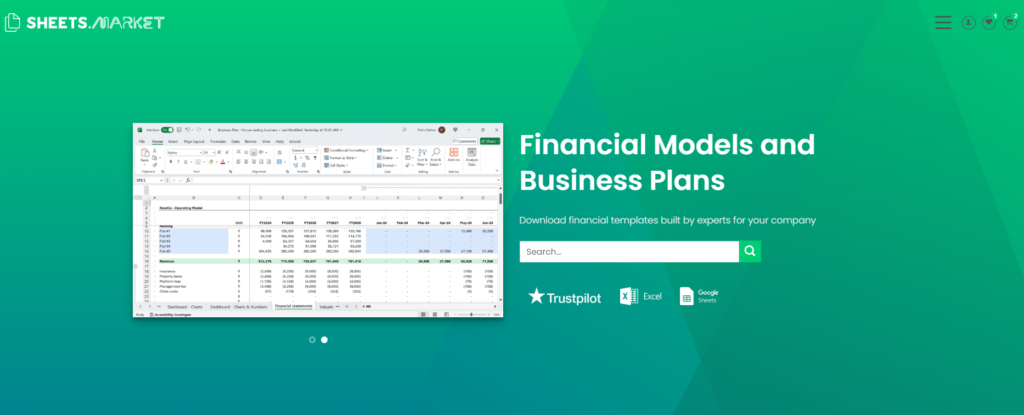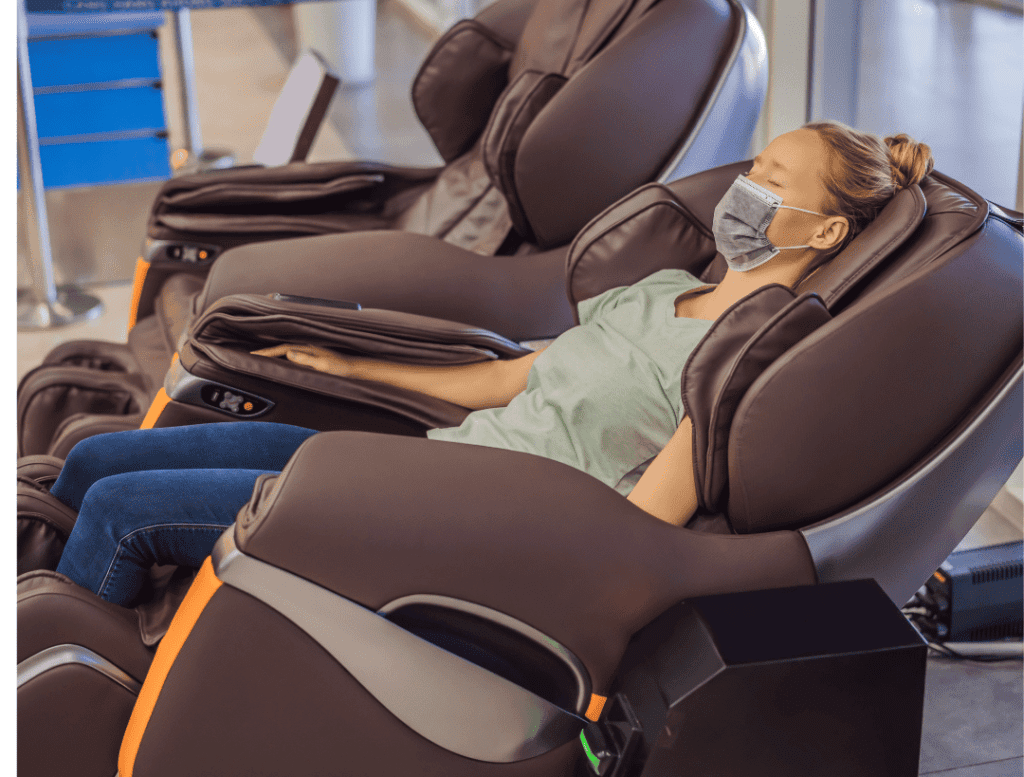Business Planning & Strategy, Financial Models
Massage Chair Business: Revenue Potential, Costs & Profitability
A massage chair business operates at the intersection of retail leasing and micro-service vending, where profitability depends on location foot traffic, uptime efficiency, and revenue per square foot per hour. The model offers attractive margins through minimal labor, low maintenance, and automated payment systems, provided the operator selects high-conversion locations and maintains strong service intervals.
Asset Configuration
CapEx is moderate, concentrated on acquiring high-end commercial-grade massage chairs, installing payment modules, and outfitting leased spaces for unattended operation. A typical setup includes 1 to 5 chairs per location, placed in malls, airports, gyms, or casinos.
| Asset Category | Cost Range (USD) | Notes |
|---|---|---|
| Commercial Massage Chairs | 6,000 to 12,000 per unit | Zero-gravity, 3D/4D rollers, body scan tech, extended cycle units |
| Payment System (card, app, timer) | 1,000 to 2,000 per unit | Contactless terminals, QR code billing, session control |
| Branding, Signage, Matting | 500 to 1,500 per location | Vinyl graphics, cleaning instructions, floor branding |
| Transport, Setup, Electrical Work | 1,000 to 3,000 per site | Delivery, power outlet setup, safety compliance |
| Installation Fee | 3,000 to 45,000 | Depends on traffic quality and agreement type |
| Website, CRM, Maintenance Planning | 2,000 to 4,000 | Booking interface, usage tracking, maintenance alerts |
Total CapEx: 13,500 to 67,500 USD per chair site, depending on chair model, space rental, and infrastructure quality. Multi-unit sites benefit from economies of scale.
Revenue Model
Revenue is usage-based. Most chairs are priced per minute or per 15-minute session, typically 1 to 2 USD/minute. Monthly output depends entirely on location footfall and dwell time. Top sites include airports, malls, rest stops, casinos, and gyms.
Annual Revenue Potential for a 3 Chair Setup in High-Traffic Mall
| Revenue Stream | Volume Assumption | Annual Revenue (USD) |
|---|---|---|
| Chair 1 (avg. 5 hrs/day at 1.50/min) | 5 hrs x 60 min x 365 days | 164,250 |
| Chair 2 (avg. 4 hrs/day) | 4 hrs x 60 min x 365 days | 131,400 |
| Chair 3 (avg. 3 hrs/day) | 3 hrs x 60 min x 365 days | 98,550 |
| Total | 394,200 |
Top-tier locations (airports, casinos) with >6 hrs/day utilization can generate 200,000 USD per chair annually. Average-performing setups in malls or gyms typically yield 25,000 to 60,000 USD per chair/year.
Operating Costs
Ongoing costs are extremely low. No full-time staff required. Variable expenses include rent or revenue share with the location, light maintenance, electricity, and periodic marketing.
| Cost Category | Annual Cost Range (USD) |
|---|---|
| Rent or Revenue Share | 60,000 to 90,000 |
| Equipment Maintenance and Repairs | 10,000 to 15,000 |
| Utilities (Electricity, Internet, etc.) | 5,000 to 8,000 |
| Insurance, Admin, Permits | 5,000 to 7,000 |
| Payment System and Software Fees | 3,000 to 5,000 |
| Marketing, Branding, Online Listings | 5,000 to 7,000 |
| Total Operating Costs | 88,000 to 132,000 |
EBITDA = 394,200 – 88,000 to 132,000 = 262,200 to 306,200 USD
EBITDA Margin = 66.5% to 77.7%
Margins remain above 60 percent for most operators, driven by automation and low marginal cost. Weak locations or underused chairs can push margins below 50 percent due to fixed rent.
Profitability Strategies
Profitability in the massage chair business depends on location selection, uptime reliability, and session monetization.
Begin with data-driven site selection. Prioritize venues with prolonged dwell time and passive waiting—airports, cinemas, casinos, shopping malls. Validate foot traffic and proximity to competitors. Your best-performing chair may outperform five average ones.
Optimize pricing and session bundling. Offer 5-, 10-, and 15-minute increments. Include discounted multi-session passes or QR-code loyalty for returning users. Upsell foot massage or heat add-ons where hardware allows.
Monitor uptime and revenue per chair per hour (RCPH) weekly. Chairs under 2 hours/day average utilization should be rotated or relocated. Automate alerts for hardware errors, payment failures, or overdue maintenance.
Negotiate revenue share or low base rent agreements with site owners. Offer cross-promotion, traffic reports, and shared branding to maintain favorable terms. In high-output locations, site cost should not exceed 25 percent of revenue.
Finally, scale horizontally. Once CRM and maintenance systems are automated, adding chairs multiplies profit with minimal admin lift. A well-run 15-chair network can generate 1.5 to 3 million USD in top-line revenue with a lean operating team.
So what?
A massage chair business is not a vending gimmick, it is a passive-margin, location-leveraged, infrastructure-yielding model. Profitability is won by maximizing occupancy, minimizing friction, and scaling through automation. Operators who structure around high-throughput placement, price per minute optimization, and unit uptime can achieve 67 to 78 percent EBITDA margins on over 130,000 USD revenue per chair, with CapEx under 70,000 USD per location.

Starting a massage chair business can be a rewarding investment, but it requires careful planning, a solid understanding of the costs, and an effective strategy for maximizing profitability. For those serious about starting or optimizing their massage chair business, consider leveraging SHEETS.MARKET’s Massage Chair Business Financial Model Template.



